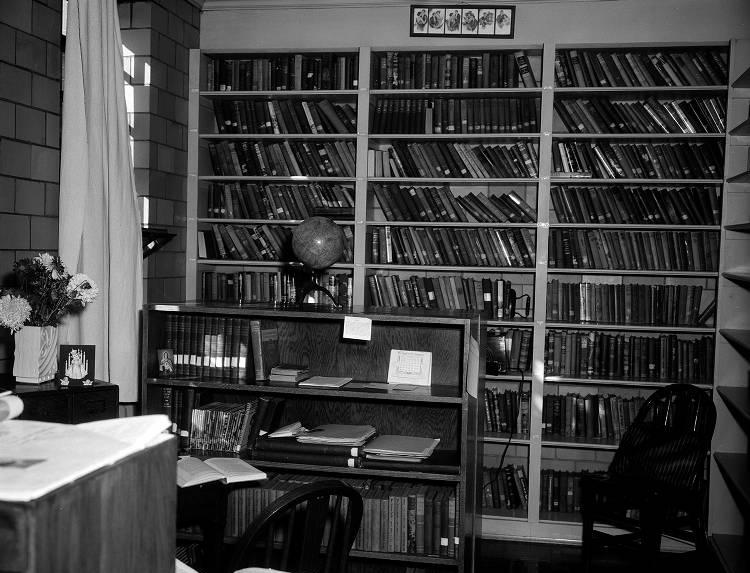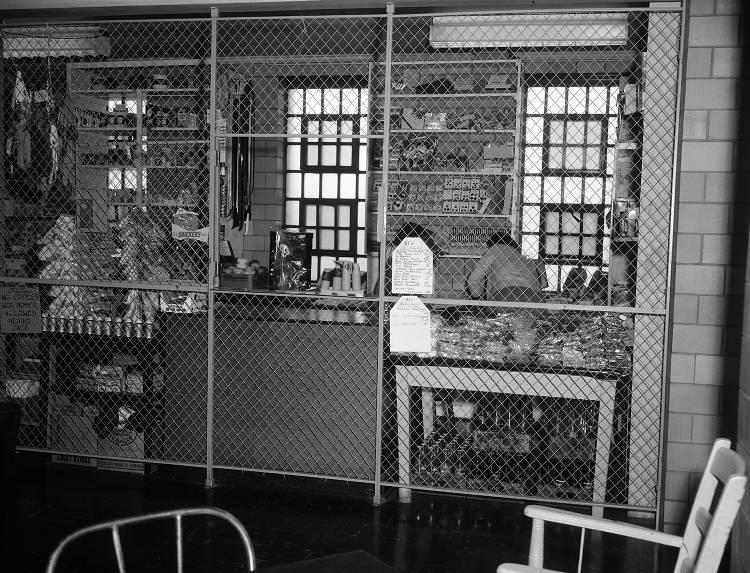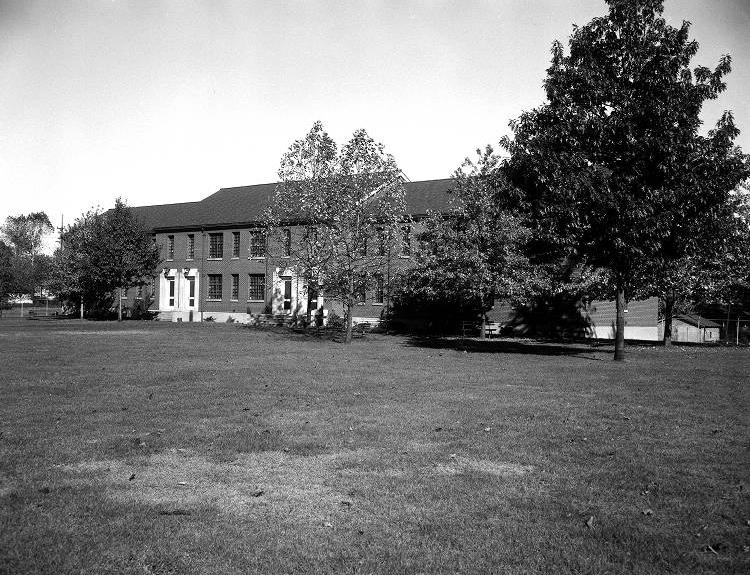The Indiana Reformatory Institution for Women and Girls was founded in 1869 in Indianapolis, making it the first female correctional facility in the country. It opened in 1873 with the transfer of 17 women who were incarcerated at the Indiana State Prison in Jeffersonville. The institution focused on the rehabilitation of its inmates through labor and education—sewing, laundry, knitting, etc.

By 1899, it was deemed necessary to separate the women and children, so the reformatory was divided into two sections, adults were housed in the prison and children younger than 15 lived in the reformatory. When the Indiana Girls School opened at 2596 North Girls’ School Road in 1907, the children were transferred there and the reformatory was renamed the Indiana Woman’s (later Women’s) Prison.
Situated on 15 acres at 401 North Randolph Street, Indiana Woman’s Prison remained in one building until the late 1930s when an administration building, residential cottages, hospital, and chapel were added. In 1975, the prison board was disbanded and control was assigned to the Indiana Parole Board, which developed a master plan and renovated several buildings. By the early 1990s, the prison incarcerated 350 women and had a staff of approximately 240 full-time employees.
In 2009, the Indiana Women’s Prison relocated to facilities that previously housed the Indiana Girls School (renamed the Indianapolis Juvenile Correctional Facility in 1996). The Indianapolis Juvenile Correctional Facility moved to a space in Madison, Indiana, before closing in 2017.
The Indiana Women’s Prison has continued to focus on the rehabilitation of its women through a variety of programs that center on building life skills. The correction facility includes a drug rehabilitation program, prenatal and parenting classes, computer-coding, and welding, and other education programs.
Conditions at the Women’s Prison came into question in summer 2020 as prisoners and family members complained about “inhumane conditions” imposed to reduce the spread of the Novel Coronavirus (COVID-19). About half of the prison’s 650 inmates were housed in freestanding cottages without air-conditioning, running water, or toilets. Inmates also were restricted to their cells 18 to 20 hours a day. The prison opened doors to allow increased air circulation and reduced restrictions in response, but it remained unclear whether the problems had been resolved.

Help improve this entry
Contribute information, offer corrections, suggest images.
You can also recommend new entries related to this topic.


